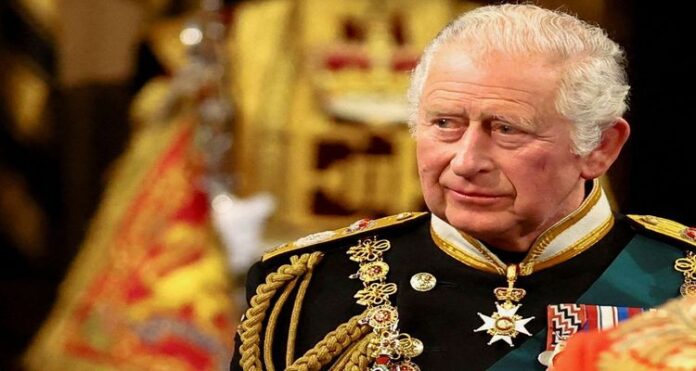| Translate This News In |
|---|
The third British king with the same name, the new King Charles III, has experienced two remarkably different destinies from his forebears. The significant occasions that shaped Charles I’s and his son Charles II’s lives and reigns are listed below.
I, Charles
Charles I’s reign resulted in a bloody civil war and the extinction of the royal family, making him the only British monarch to be put to death. In 1625, Charles, a member of the House of Stuart, assumed control of England, Scotland, and Ireland. Due to his Roman Catholic beliefs and conviction in the divine prerogative of monarchs, he had a lot of enemies. Both subjects and parliamentarians accused him of being a dictator. His powers were continuously being curbed by Parliament, which put it at odds with the crown and set the stage for the outbreak of civil war in 1642. Charles was defeated in 1645, but he refused to submit to his captors’ demands for a constitutional monarchy. As a result, he was tried for high treason in 1649, found guilty, and put to death.
Before being led to the execution scaffold outside London’s Banqueting House, Charles is renowned for asking for two shirts so he wouldn’t shiver in the chilly weather. Charles was beheaded in one motion after making a signal to the cloaked executioner, whose identity is still unknown. As a memento, some spectators dipped their handkerchiefs in his blood. With Oliver Cromwell serving as Lord Protector, the monarchy was overthrown and England was made a republic.
Charles II
The future King Charles II fought alongside his father throughout the English Civil War, but as it became evident that defeat was certain, he left England and settled in The Hague in 1649. After his father’s execution, the monarchy was abolished in England, but on January 1, 1651, Charles was crowned king of Scotland. Charles and his allies invaded England out of fear of a southern assault by the English republican armies led by Cromwell. At the Battle of Worcester in west-central England, it was lost, and Charles is renowned for hiding in an oak tree to avoid arrest. He was able to elude the law for six weeks while making his way to France.
When Cromwell passed away in 1658, a period of civil and military upheaval led to Charles being asked to reign again in 1660.
The enormous monarch, whose thick black locks and dapper mustache make him instantly recognizable in paintings, overturned many of the nation’s puritanical laws and developed a reputation as a loving renegade.
According to historian Antonia Fraser, he was “witty and compassionate, thankful, generous, tolerant, and basically likable.”
During his reign, colonialism and trade expanded in India, the East Indies, and America. In addition, he had to deal with the Black Death Plague in 1665 and the Great Fire of London a year later, two extremely serious crises.
Charles had a fit on February 2, 1685, and four days later, at 54, he passed away, either as a result of or in spite of a series of therapies that included bloodletting, purging, and cupping.
On February 14, he was laid to rest in Westminster Abbey. His brother, who would go on to become James II of England and Ireland and James VII of Scotland, succeeded him.


















